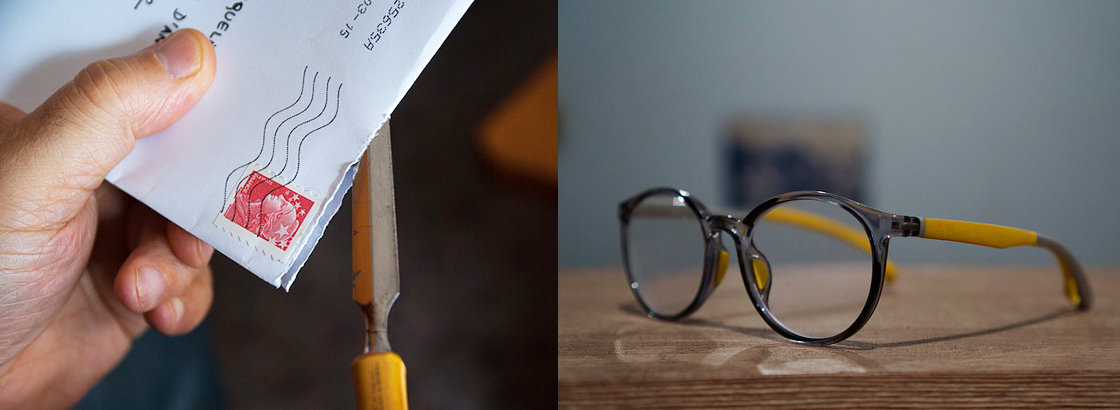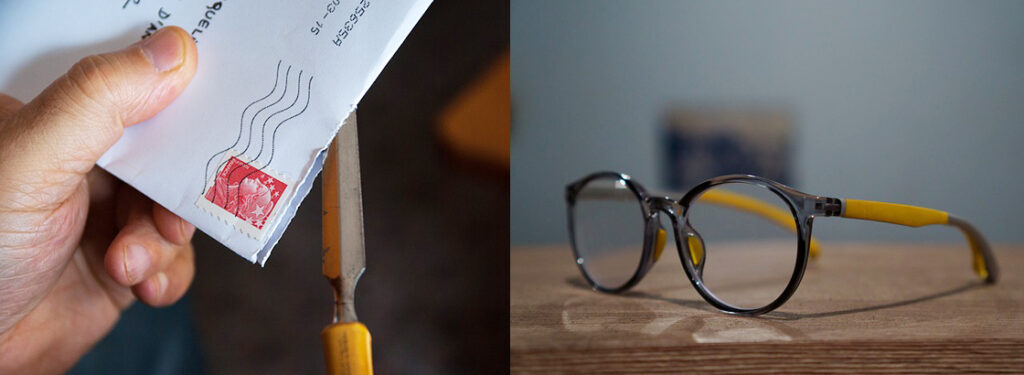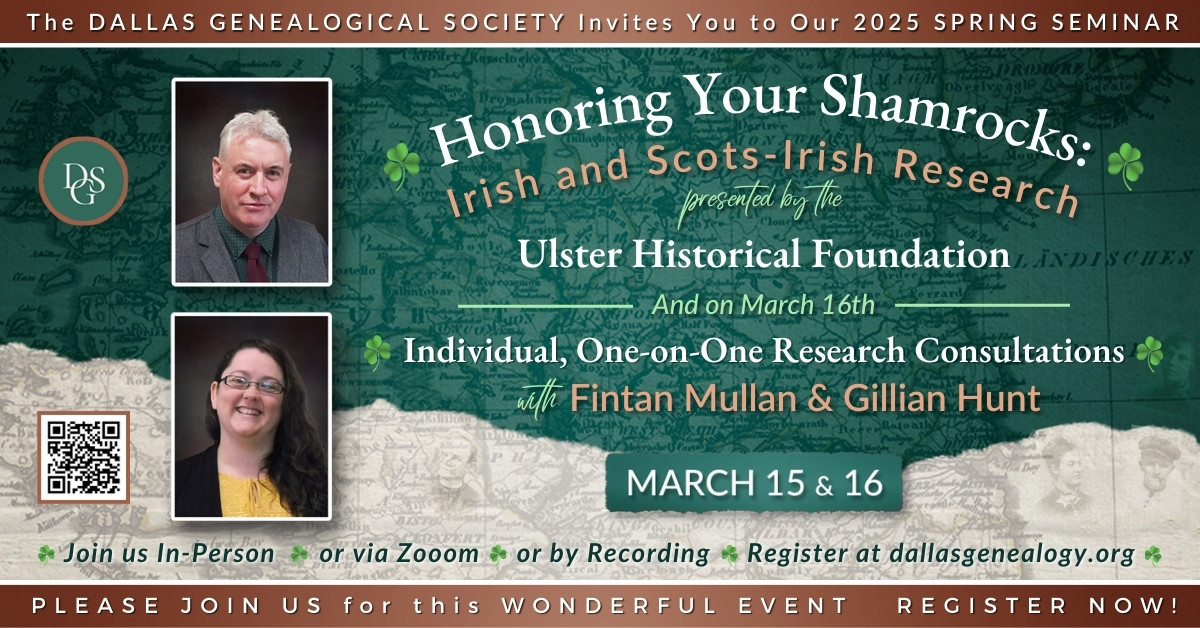What is Artifact DNA? Do you have any?

by Michelle Cohen
Disclaimer: None of the companies listed here are endorsed by Dallas Genealogical Society or the author. We do not receive any compensation from any companies mentioned in the article.

Artifact DNA is the DNA that can be found on the artifacts of people’s lives. If you have a loved one or ancestor whose DNA can no longer be retrieved and tested the conventional way (cheek swab or spit), their DNA may be available for testing through something that they once owned (eyeglasses, hair brushes, sometimes watches), or things that their saliva touched, like the seal of an envelope or a stamp. This DNA may effectively allow you to test the dead – the long dead.
Until recently, consumer DNA testing was exclusively focused on the living. Eventually, the collection of a DNA sample from the recently deceased became an offering at some funeral homes.
For quite a while, though, people had been speculating about whether DNA could be extracted from things like letters and licked stamps, baby teeth, or hair in an old hairbrush. Now the technology is available, and offered by a handful of companies around the world.
The process to extract and test the DNA is considerably more labor-intensive and time-consuming than a typical consumer DNA test and the risk of failure will be higher. To understand why, it is helpful to learn more about the process – from sample submission to results.
The first step is to identify whether your item has DNA that can be extracted. Most companies ask for a photo or description via email before you attempt to submit anything. That way they can determine if there is a reasonable chance of extraction.
The lab will try to extract the DNA, and afterwards, will tell you whether there is enough DNA to perform the next step: sequencing. The amount extracted will vary based upon the type of item, and the condition in which it was kept – was it in the attic, or the basement? Were all the grandchildren touching it? If so, it might be too deteriorated or contaminated to use.
The sequencing step creates a profile similar to what we are familiar with in typical consumer DNA tests, and generally, it can be uploaded onto GedMatch when completed.
This sounds great! But there are still more risks to consider – your original item could be damaged or destroyed in the process – so you would have to weigh that against your desire for the DNA. And there is yet another risk: you might get back the DNA of someone that you were not expecting. Someone else may have licked the envelope or the stamp!
Artifact DNA is a higher risk test, but imagine the possible rewards for the right DNA – the ability to go back even further on your chosen line, connecting with cousins and potentially breaking through some brick walls! As with any investment, you will have to determine what level of risk and reward works for you.
These are some of the companies found online currently offering the service:
- Keepsake DNA (Utah), keepsakedna.com
- Totheletter DNA (Australia), totheletterdna.com
- DNA Testing Centre (Michigan), dnatestingcentre.com
For more information, visit the company websites above, and also check out blogs by Blaine Bettinger and Judy Russell on the subject. (Just Google their names and Artifact DNA).

